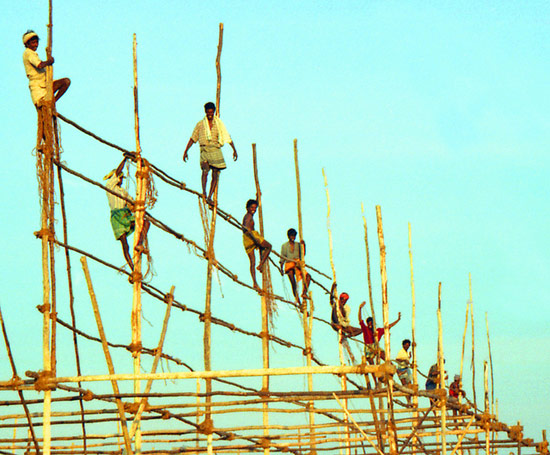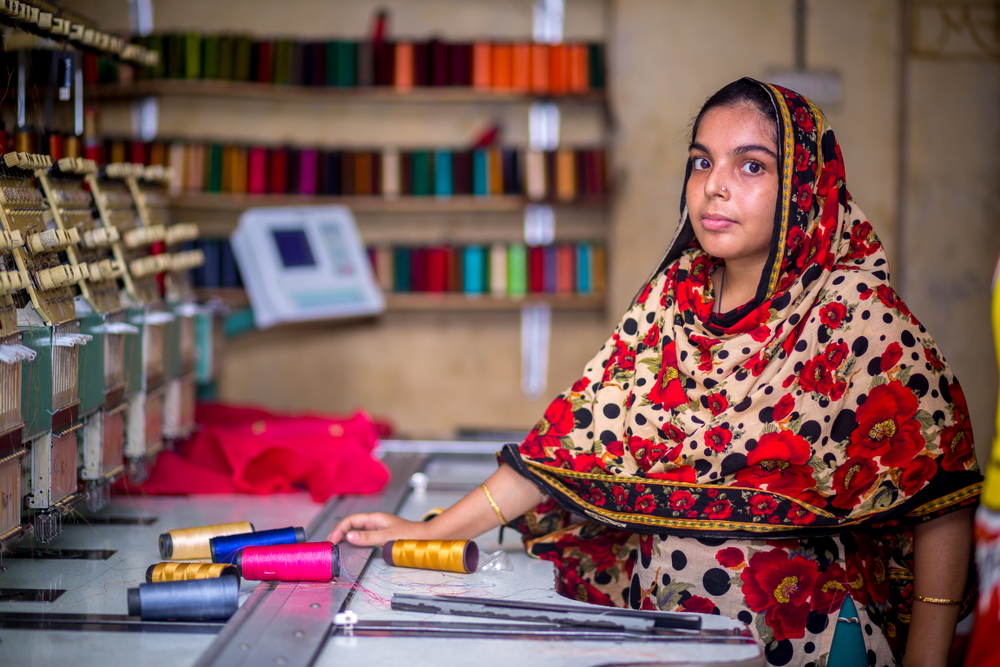Life Stages: Work and Professional Life
Young Workers
People from lower classes ted to start working around age 14–18, while those from the middle and upper classes take up employment after they finish their college education. Many Indian children as young as five years old are compelled to start working, despite various laws prohibiting child labor and the efforts of social activists to abolish it.
Children of middle class families generally prefer white collar jobs, with an aversion for menial jobs (skilled or unskilled), which are almost entirely the province of the lower classes. Although in urban areas there seems to be lot of job mobility, most people stay in the same work or profession their whole lives, especially in the rural areas.
The typical work day in India lasts from 9 a.m. to 5 p.m. with a half-hour lunch break at 1 p.m. Many people work a six-day week.
Economic Issues
Although the economic reforms of the late 20th century revolutionized the Indian economy, they failed to bring about the expected boost in employment. Only 10 percent of the workforce has regular employment while about a third are casual workers. The liberalization of the economy has, however, created new jobs in the sectors of information technology (IT), automobile manufacturing, textiles, film and animation, and digital visual effects. India’s affirmative action program has ensured job opportunities for millions of underprivileged. Millions of skilled workers like nurses, doctors, and IT professionals find employment in the United States, Europe, and the Middle East.
A judgment in 2006 by the Delhi High Court ruled in favor of equal pay and benefits for men and women who perform equal work, regardless of the profession.
Copyright © 1993—2025 World Trade Press. All rights reserved.

 India
India 
